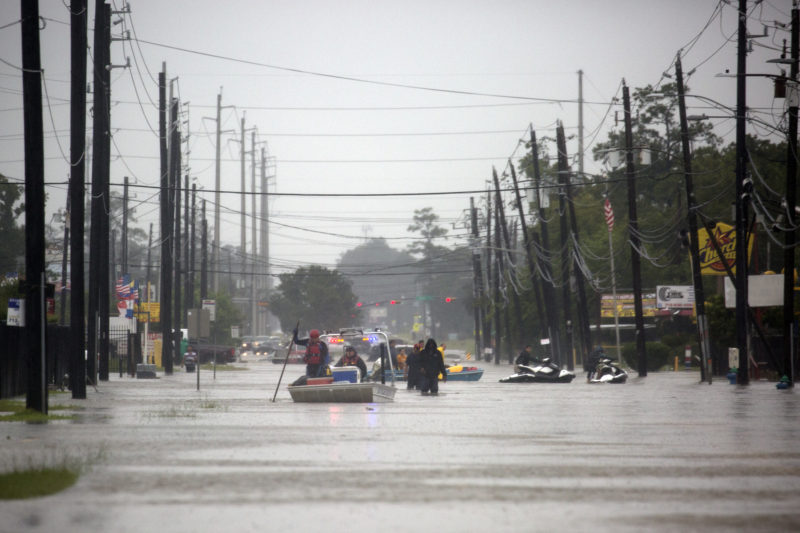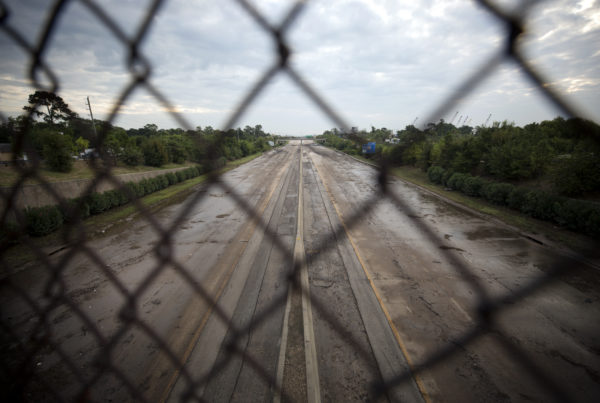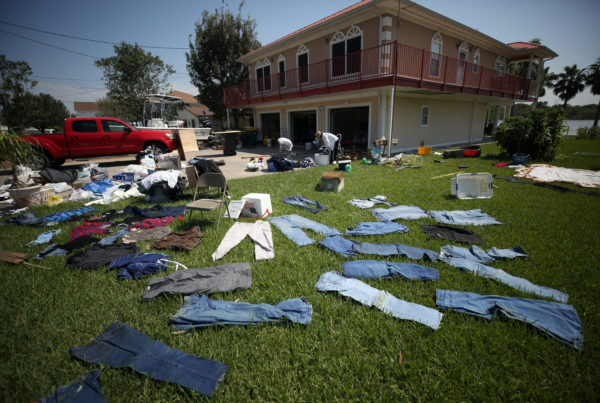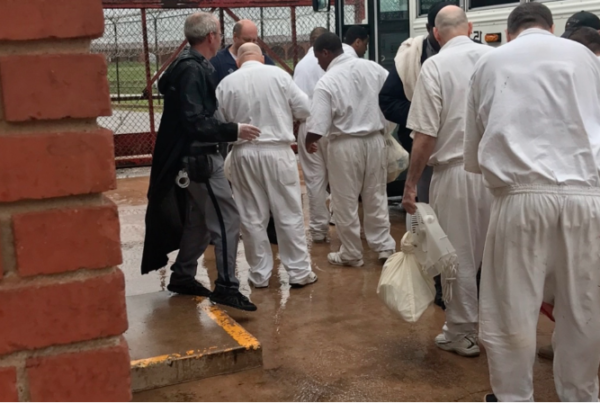Most of the trillions of gallons of water Hurricane Harvey dumped on Houston are gone now. At least, they’re gone from the roads, homes and businesses they covered a week ago. But that water didn’t just disappear. Much of it has drained into the Gulf of Mexico.
Jim Blackburn, co-director of the Severe Storm Prediction, Education and Evacuation from Disaster Center at Rice University says the unprecedented destruction wrought by Harvey gives Houston an opportunity to implement new engineering ideas to better withstand massive amounts of water.
“First of all, we need to know what didn’t flood,” Blackburn says. “That’s going to be the spine of future development.”
In parts of the city where flooding has occurred often, government needs to step in, Blackburn says.
“There are areas that have flooded multiple times. I think we’re going to have to buy out a lot of the homes that have been flooded three times, four times in the last several years, and just remove them from harm’s way because we’re not going to be able to protect them,” he says.
Blackburn says the owners of land in flood-prone areas could play a part in combatting climate change by buying and selling “ecological storage” – removing carbon dioxide from the air, and transferring it to the soil.
Written by Shelly Brisbin.
















